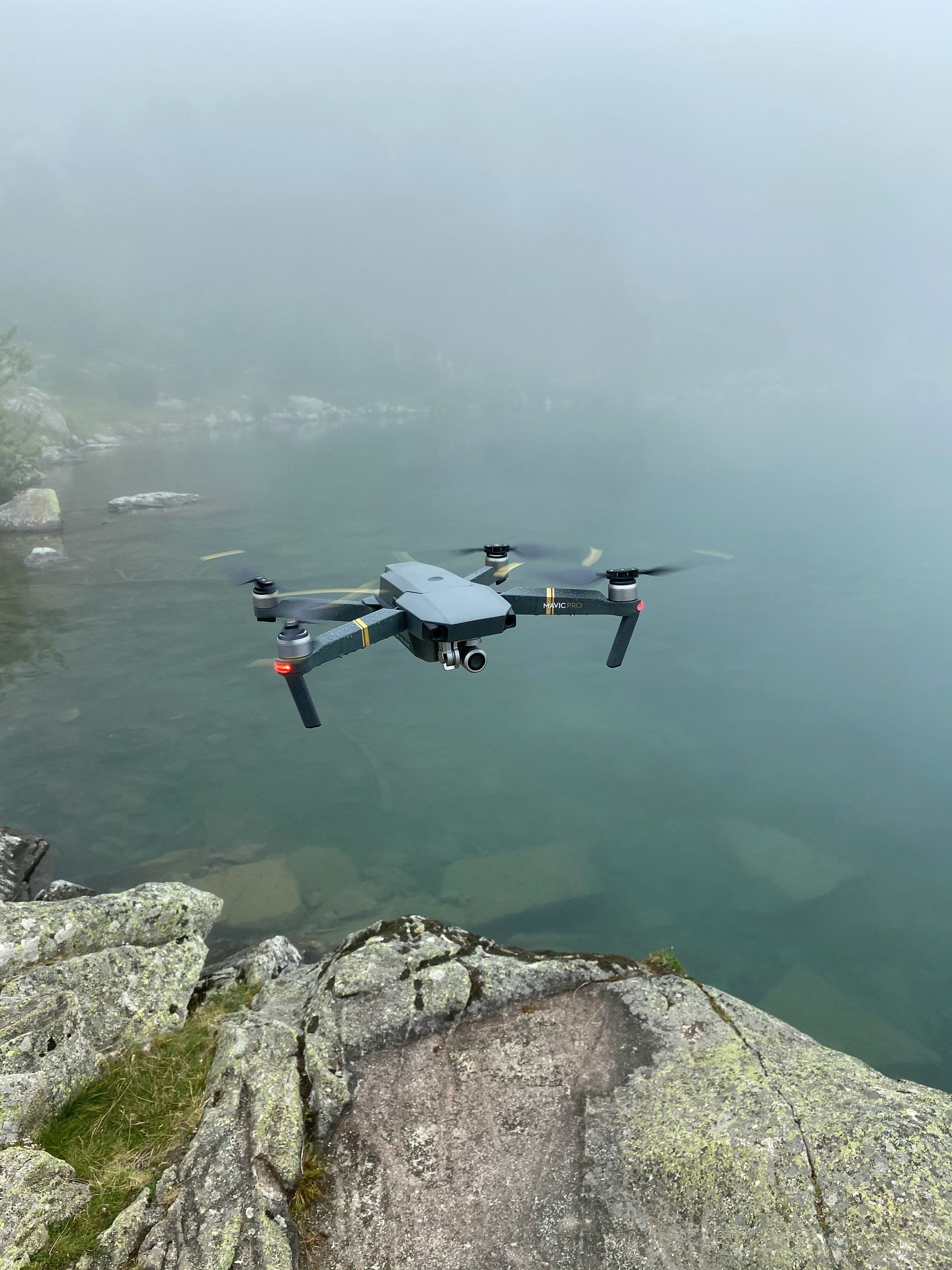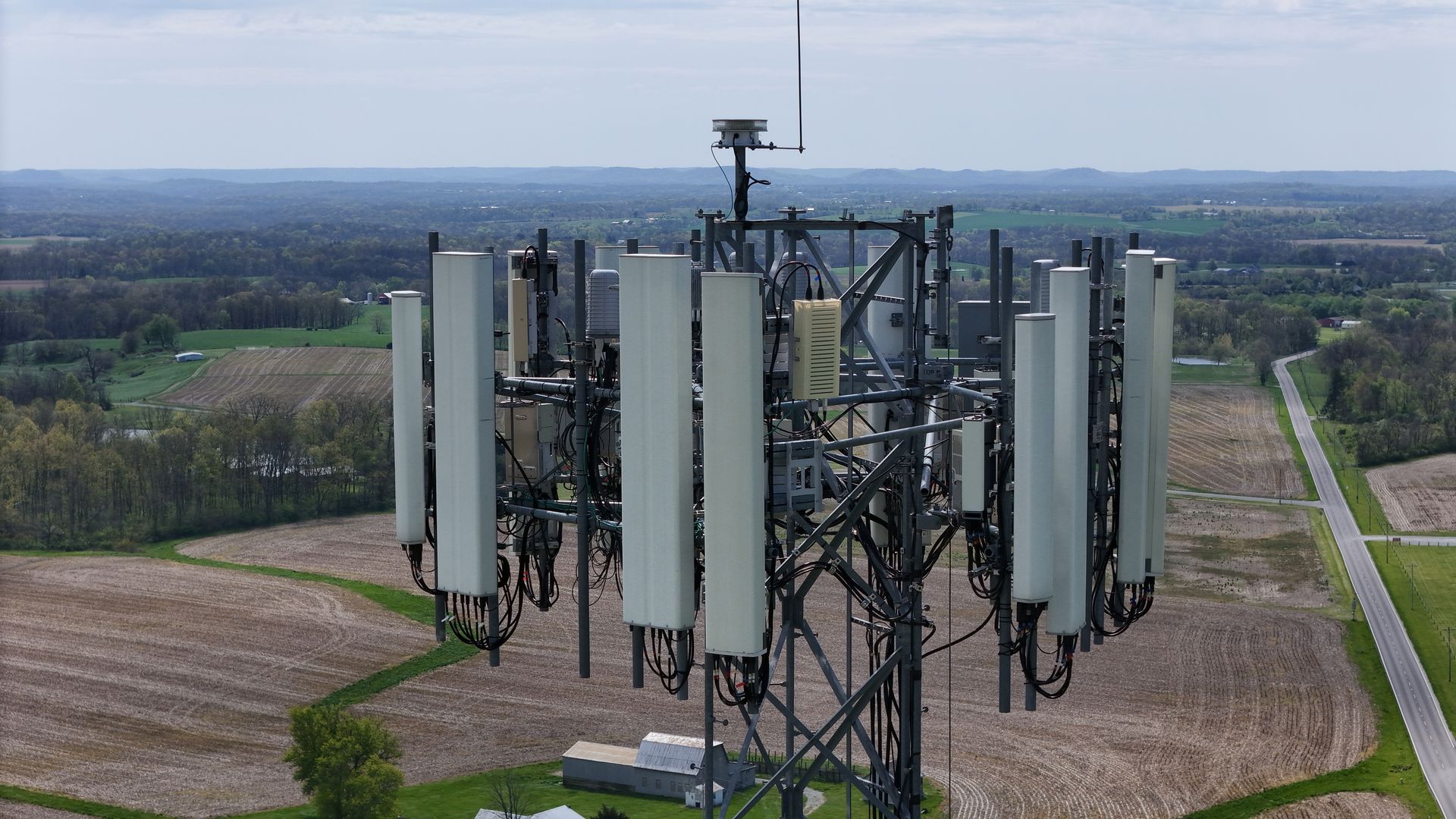Drone Thermography for Commercial Buildings Dayton: A Guide
Running a commercial building in Dayton is a big job.
You have so much to keep track of, from tenants to maintenance.
What if a more innovative way existed to catch building problems before they become huge headaches and significant expenses?
This is where drone thermography for commercial buildings in Dayton comes into play, offering a powerful diagnostic tool.
It's like giving your commercial property a high-tech health checkup, and today you'll learn why drone thermography for commercial buildings is a game-changer for property owners and managers like you.
Ready to view your construction project from new heights?
Contact 1st Choice Aerials today to schedule your aerial photography, inspection, or thermal imaging service!
On This Page:
What Exactly is Drone Thermography?
So, what's the significance of these flying cameras and heat pictures for your commercial property in Dayton?
Drone thermography utilizes specialized cameras mounted on an aerial drone.
These advanced cameras do not perceive light in the same way our eyes do; instead, they visualize temperature differences.
Every object, including your building, emits some amount of heat energy, also known as its heat signature.
This technology, a form of property thermal imaging, captures that signature.
This method is a critical part of modern inspection services.
Why Your Dayton Commercial Building Needs Drone Thermography
You invest considerable effort to keep your Dayton commercial property in optimal condition.
Drone thermography is a proactive tool that helps you achieve this goal.
It frequently uncovers hidden issues you cannot see with the naked eye.
This advanced inspection method can save you considerable stress, disruption, and money over time.
Uncovering Hidden Problems Early
Many serious building problems, such as those affecting the roof or structural elements, start small and remain hidden from view for extended periods.
Water leaks, for instance, can insidiously hide within walls, beneath roofing materials, or in crawl spaces for months or even years.
By the time you observe a visible sign like a water stain on a ceiling tile or peeling paint, significant and costly damage, including mold growth or structural degradation, might have already occurred.
Drone thermography can often spot the subtle temperature differences caused by trapped moisture before these problems escalate into disasters, facilitating early intervention for your real estate asset.
The same principle applies to building insulation.
Gaps, compression, or moisture damage within insulation create thermal bridges, leading to cold or hot spots on interior surfaces that are clearly visible to a sensitive thermal camera.
Inefficient insulation means your HVAC system must work harder to maintain comfortable indoor temperatures, directly contributing to higher energy bills.
Identifying and rectifying these insulation deficiencies can lead to substantial energy savings.
Furthermore, this technology is invaluable for commercial inspections focused on electrical systems, where overheating breakers, connections, or components represent serious fire risks that thermal imaging can detect swiftly and accurately.
Saving Money in the Long Run
Consider the substantial expense associated with a major roof replacement or an emergency overhaul of your building's electrical system.
These are significant, often unexpected, capital expenditures that no building owner welcomes.
Preventative maintenance, intelligently guided by the findings of regular thermal inspections and infrared survey data, is a much more economical strategy.
When you understand precisely where your building is losing energy, you can implement targeted fixes like improving insulation, sealing air leaks in the building envelope, or repairing faulty window seals, which will lead directly to lower heating and cooling costs.
Many businesses have reported tangible financial benefits beyond direct repair cost avoidance.
For instance, demonstrating a commitment to proactive risk management through advanced inspection services like drone thermography can sometimes lead to more favorable insurance terms or lower premiums.
This approach is also beneficial during a year warranty inspection, ensuring that any issues covered under warranty are identified and addressed before the warranty period expires.
Enhancing Safety and Compliance
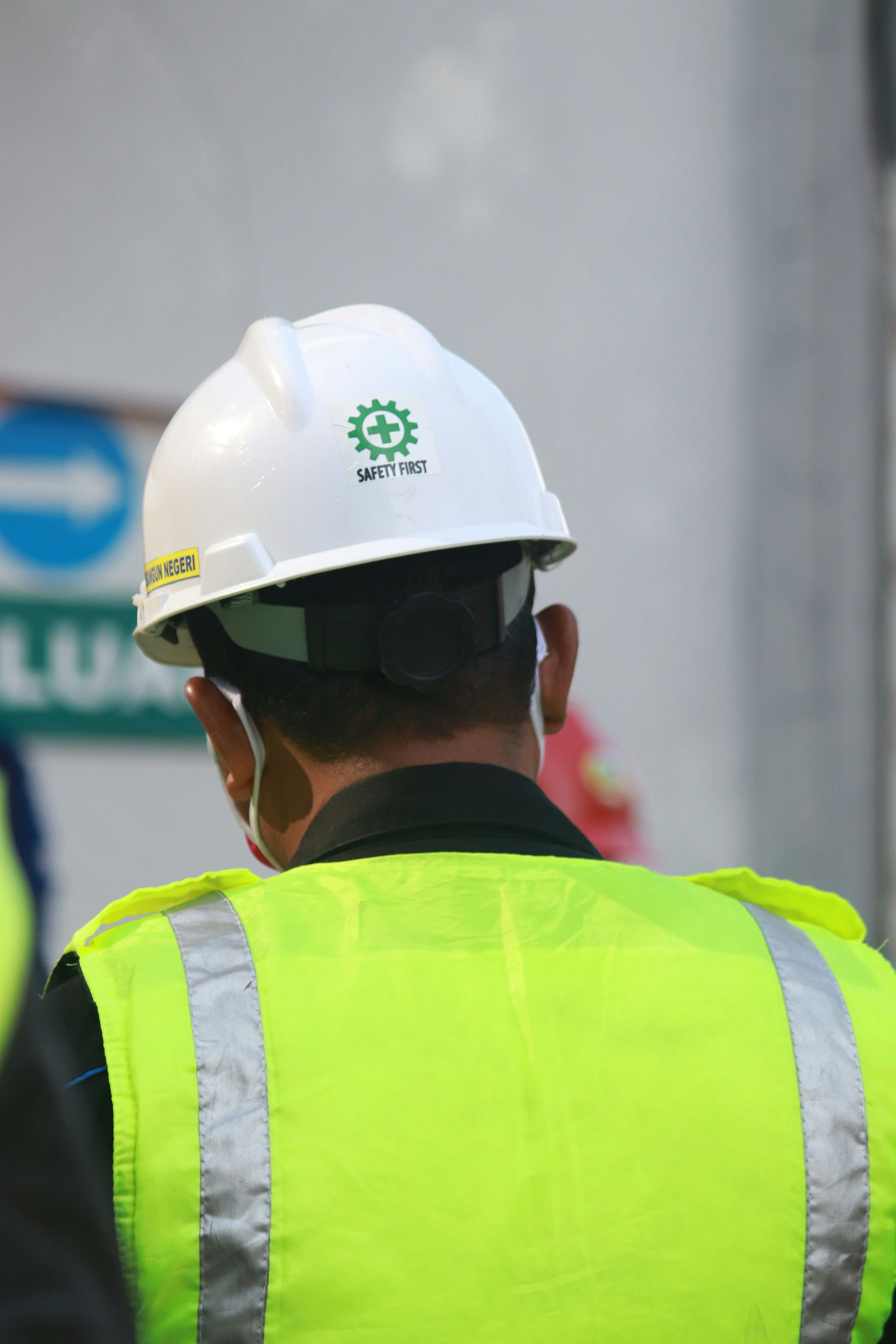
Safety is a paramount concern for any commercial building, directly impacting occupants, assets, and business continuity.
Faulty or aging electrical systems are a leading cause of commercial fires, a devastating risk that can be mitigated.
Thermal scans help pinpoint dangerous hot spots in electrical installations before they ignite, thereby protecting your property, your tenants, and your business operations.
Beyond fire prevention, drone thermography can also identify structural concerns exacerbated by moisture, such as weakened support members or compromised facade elements.
Adherence to local building codes in Dayton, Ohio, and certain insurance policy stipulations may also encourage or even require regular thermal inspections as part of a comprehensive safety and maintenance program.
Employing advanced methods like drone thermography for your commercial inspections demonstrates a serious commitment to maintaining building safety, integrity, and regulatory compliance.
The Process: Drone Thermography for Commercial Buildings in Dayton
What actually happens during a drone thermography inspection?
It is a relatively straightforward process, efficiently managed by qualified professionals who specialize in thermal imaging and drone operations.
Let me walk you through the typical steps involved.
Before the Flight
The process typically begins with an initial consultation.
The thermography team will want to understand your specific building, its usage, any known issues, and particular concerns you might have.
They will usually conduct a thorough site assessment.
This preliminary step helps them meticulously plan the optimal flight paths for the state-of-the-art drone to ensure complete coverage of all critical areas, including the entire roof infrared surface and vertical facades.
The team also needs to verify compliance with all FAA regulations for commercial drone operations in your specific part of Dayton, Ohio, as safety and legality are top priorities.
Weather and environmental conditions are also critical factors for successful thermal imaging.
Ideal conditions for an infrared survey generally include dry surfaces (as moisture can skew temperature readings), minimal wind (for stable flight and clear images), and often overcast skies, as direct sunlight can cause solar loading, unevenly heating surfaces and potentially masking genuine thermal anomalies.
This planning phase also considers access requirements, potential hazards on site, and coordination with your facility management team.
Clear objectives are set for the inspection services to be provided.
During the Inspection
On the scheduled day of the inspection, the FAA-certified drone pilot and the certified thermographer will arrive on site.
They will conduct a final pre-flight safety check to ensure the equipment is functioning correctly and the flight zone is clear.
Then, the aerial drone is launched. Modern inspection drones are surprisingly quiet and unobtrusive.
The drone flies systematically over the roof (for a comprehensive drone roof infrared assessment) and around the walls of the building, following the pre-determined flight path.
As the drone operates, the specialized thermal camera captures thousands of radiometric data points, which are essentially temperature measurements for each pixel in the image.
The pilot often captures high-resolution, regular visual photos simultaneously.
These visual images provide valuable context to the thermal images during the later analysis phase, helping to differentiate between a thermal anomaly and a physical feature like a vent or patch.
The entire data collection process for a typical commercial building might take anywhere from a few hours to a full day, depending on the size, height, and complexity of your property and the scope of the imaging inspection.
After the Scan: From Images to Actionable Insights
The real analytical work begins after the drone has safely landed and the raw thermal data is downloaded.
This data, often consisting of hundreds or even thousands of thermal and visual images, is then processed using specialized software.
This software allows the thermographer to adjust image parameters, measure temperatures accurately, and highlight areas of concern.
The certified thermographer carefully reviews all the collected information.
They are trained to look for those telltale temperature differences and thermal patterns that indicate underlying problems such as moisture intrusion, insulation defects, air leakage, or electrical system faults.
You do not just receive a folder full of pictures; you get a comprehensive and understandable report.
This professional report typically includes the key thermal images, corresponding visual photographs for reference, and a clear, concise explanation of the findings.
Most importantly, it will include specific recommendations for what to do next, often categorizing issues by severity and suggesting appropriate remedial actions or further investigation.
This report can be used to solicit quotes from contractors, support insurance claims, or plan capital expenditure budgets.
It transforms raw data into actionable intelligence for property management.
For instance, in a relocation property assessment, such a report provides critical insights into the condition of a potential new property.
Finding the Right Drone Thermography Partner in Dayton
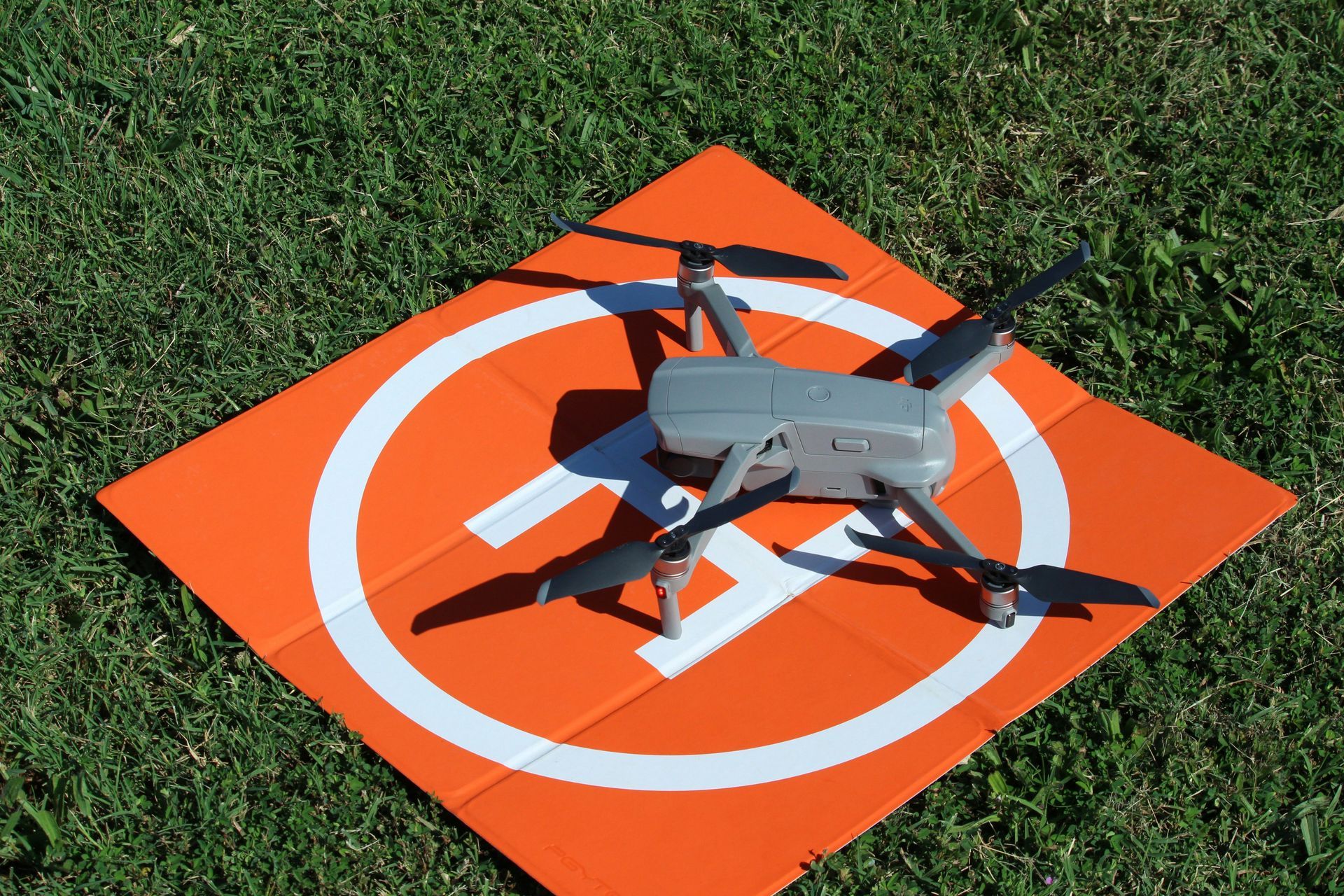
Not all drone services or inspection services providers are created equal, particularly when it comes to a specialized field like thermal imaging.
You need to select a team that possesses proven expertise and understands the nuances of thermography.
Choosing the right drone thermography partner in Dayton, Ohio, is very important for obtaining reliable results and trustworthy advice for your commercial property.
You want accurate results from your property thermal inspection and dependable recommendations.
Here is what to look for to ensure you select a competent provider.
This decision can significantly impact the quality of your commercial inspection.
Certifications and Experience Matter
First and foremost, verify that the drone pilot holds a current FAA Part 107 certificate.
This certification is a legal requirement for conducting any commercial drone operations within the United States.
Beyond the pilot's license, inquire specifically about the thermographer's certifications.
Reputable organizations like the Infrared Training Center (ITC) and others offer different levels of certification, commonly Level I, Level II, and Level III Thermographers.
Experience with commercial buildings, rather than just residential properties, is also vital.
Look for a company that can showcase a portfolio of similar commercial inspection projects and has experience with various types of commercial roof systems and building envelope constructions.
Their understanding of commercial building codes can also be beneficial.
Furthermore, ask about their commitment to continuing education.
The field of thermal imaging and drone technology is constantly advancing, so technicians should be engaged in ongoing learning, such as phase inspection continuing education or general inspection continuing education, to stay current with the latest techniques and standards.
Local Knowledge Can Be a Plus
Choosing a drone thermography provider who is familiar with the Dayton, Ohio, area could offer additional benefits.
A local company is more likely to understand common building issues specific to our regional climate, such as the impact of Ohio's distinct freeze-thaw cycles on roofing materials and building facades, or typical problems associated with certain types of construction methods or materials historically popular in this area.
This local expertise can enhance the accuracy of their analysis and the relevance of their recommendations.
Local providers are also generally easier to coordinate with for scheduling and can often be more responsive if follow-up inspections or consultations are needed.
They might have established relationships with reputable local contractors, which could be helpful if repairs are required.
Conclusion
Taking care of a commercial building in Dayton is a serious investment of both your time and financial resources.
Utilizing advanced diagnostic tools like drone thermography helps you protect that significant investment effectively.
With this technology, you can identify potential problems when they are still small, less complex, and therefore cheaper to fix, ultimately enhancing your commercial property's value and longevity.
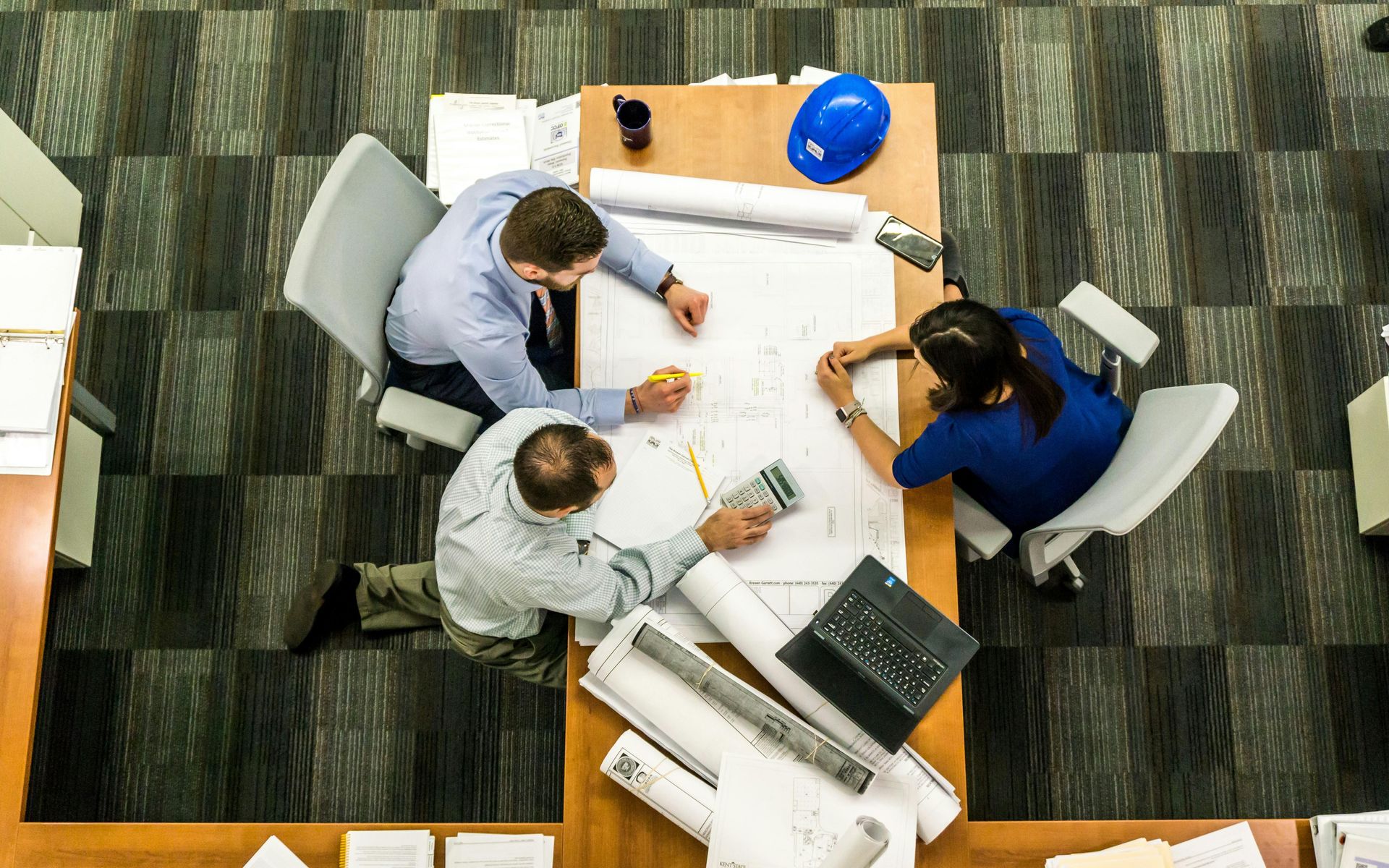
Ready to view your project from new heights?
Contact 1st Choice Aerials today to schedule your aerial photography, inspection, or thermal imaging service!

